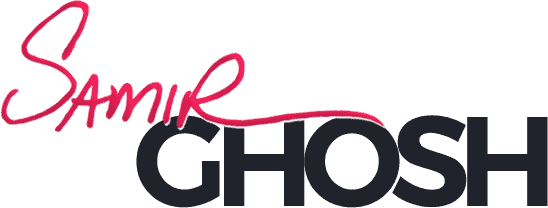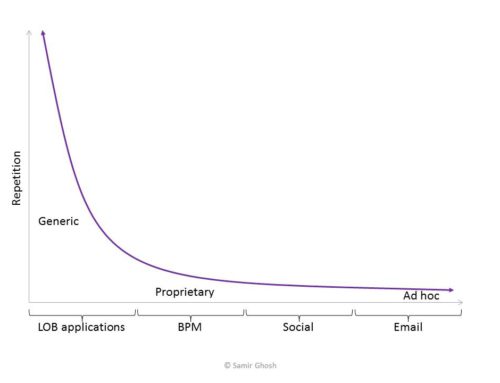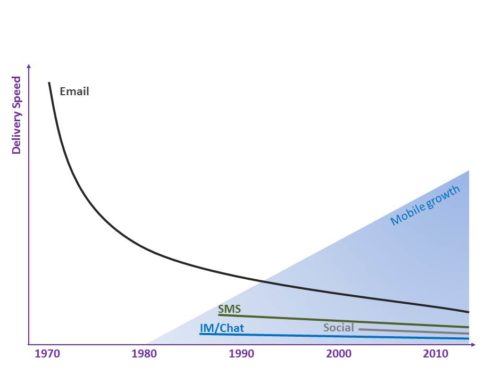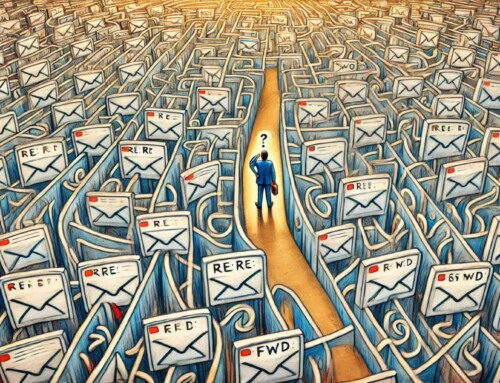With all of the attention on “Social”, there seems to be confusion and a need for a comprehensive map for navigating all of the terms and players. “Social Network”, “Social Media”, “Social Collaboration”, “Social Software”, … What does these mean? Facebook, Twitter, LinkedIn, MySpace, Yammer, Chatter, Jive, Qontext, … What’s the difference?
Who & Why: First consider who controls the community. Individuals select whether to join “Social Networking” sites like Facebook or Linkedin. Organizations or workgroups within organizations determine whether to use social tools for implementing external customer communities or internal collaboration communities.
How & What: Organizational led social solutions are primarily used for communications or collaboration. Thus, these solutions can be segmented by synchronous (real-time) solutions like chat or instant messaging or by asynchronous (non-real-time) solutions like forums or document sharing. In the case of business (organization) internal asynchronous, Email is currently used for “push” collaboration. “Push” means that you have one sender intentionally sending emails to one or more recipients. The sender must know the intended recipients ahead of time. On the other hand, Social collaboration provides a new “pull” mechanism for sharing information. “Pull” means that authors do not need to know the appropriate recipients. Instead, community members can watch or subscribe to topics or people of interest.
The above chart focuses on Organization-led solutions and shows some example products/vendors by category to help illustrate the categories. Yammer and Qontext could potentially also be listed in the Individual-led category because individuals can begin using these services. However, ultimately, they are intended to also deliver value to the organization.
Following is the entire social chart again, this time including example products/vendors in both Individual-led and Organization-led categories.
Let’s see how some common terms map out….
“Social Networking”:
“Social Media”:
“Social Collaboration”:













Hi,
and thank you for structuring it in such a good way.
I agree with you!